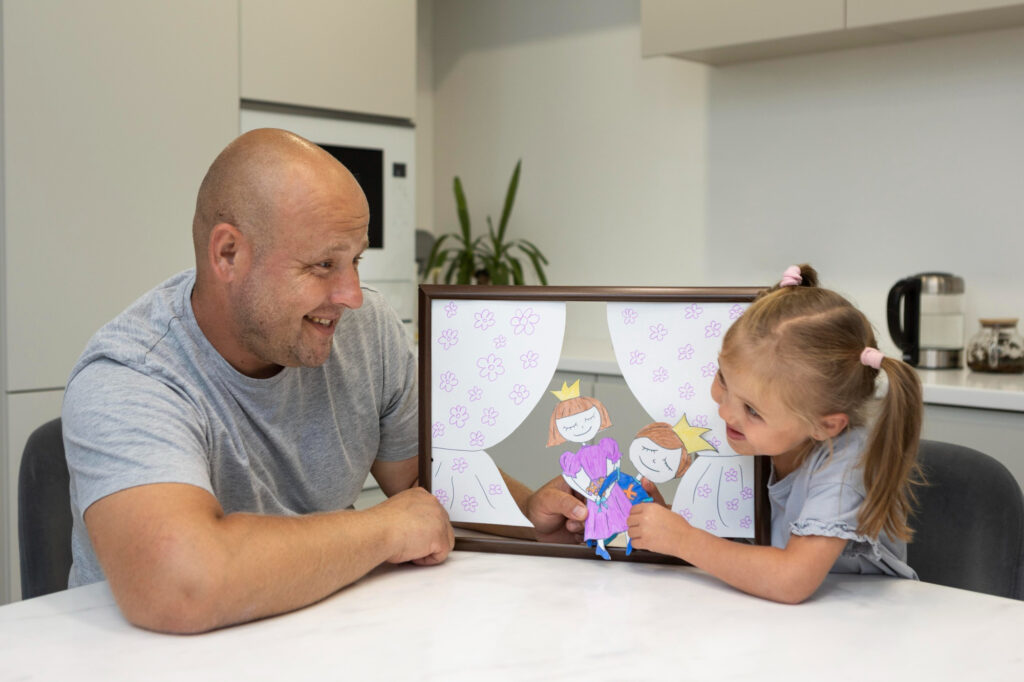Autism Spectrum Disorder (ASD) is a unique way of experiencing the world, with each individual expressing it in their own way. However, there’s a lesser-known aspect of autism called “masking,” where autistic individuals hide their true selves to fit into societal norms. It’s a bit like wearing a mask that covers up who you really are. This article explores what masking is, why it happens, and how we can better support autistic people in being their authentic selves.
What Does Masking in Autism Look Like? Masking is when someone with autism tries to hide or suppress their autistic traits in social situations. Imagine having to constantly be on high alert, thinking about every word, gesture, or facial expression you make, just to fit in. Masking can involve mimicking neurotypical behaviours, pretending not to be bothered by sensory overload, or forcing eye contact, all in an effort to blend in.
Why Do People Mask? There’s a lot of pressure to fit in, especially when you feel different from everyone else. For many autistic people, masking is a way to avoid bullying, rejection, or being misunderstood. But this comes at a cost—it’s exhausting, stressful, and can lead to a sense of disconnect from one’s true self.
The Toll on Mental Health: Masking isn’t just tiring—it can seriously affect mental health. Research shows that autistic adults who mask frequently are more likely to experience anxiety, depression, and even thoughts of suicide. It’s a heavy burden to carry, and it’s something that needs to be talked about more openly.
The Struggles Behind the Mask: While masking might help someone navigate social interactions more smoothly, it often leads to burnout. Imagine spending all day, every day, pretending to be someone you’re not—it’s exhausting! Over time, this constant suppression of natural behaviours can lead to what’s known as “autistic burnout,” where the person feels utterly drained, both mentally and physically.
Identity and Self-Worth: Masking can also lead to confusion about one’s identity. If you’re always pretending to be someone else, it’s easy to lose sight of who you really are. This can impact self-esteem, leading to feelings of inadequacy and loneliness.
How We Can Support Autistic Individuals: So, how can we help? The first step is understanding and accepting neurodiversity. Autism isn’t something that needs to be fixed; it’s a different way of being. By recognising this, we can create environments where autistic people feel safe to be themselves, without the pressure to mask.
Celebrate Differences: Let’s start by celebrating neurodiversity! Educate yourself and others about autism, and encourage acceptance of autistic traits. The more we understand, the less pressure there is to conform.
Create Safe Spaces: Safe spaces are crucial. Whether it’s at home, school, or work, creating an environment where autistic people can relax and be themselves is key. This might mean allowing stimming (repetitive movements) or providing quiet areas to retreat to when things get overwhelming.
Encourage Authenticity: Support autistic people in expressing their true selves. Whether it’s through alternative communication methods, hobbies, or just being allowed to be themselves without judgment, authenticity should be celebrated, not hidden.
Seek Professional Help: If you or someone you know is struggling with masking, professional support can make a big difference. Therapy with a psychologist who understands autism can help explore identity, develop coping strategies, and improve overall well-being.
Autism in Australia: In Australia, about 1 in 70 people are on the autism spectrum. Many of them engage in masking to navigate daily life. Understanding and supporting those who mask is essential for their mental health and overall well-being.
Resource: The Australian Autism Alliance provides valuable resources and information.


